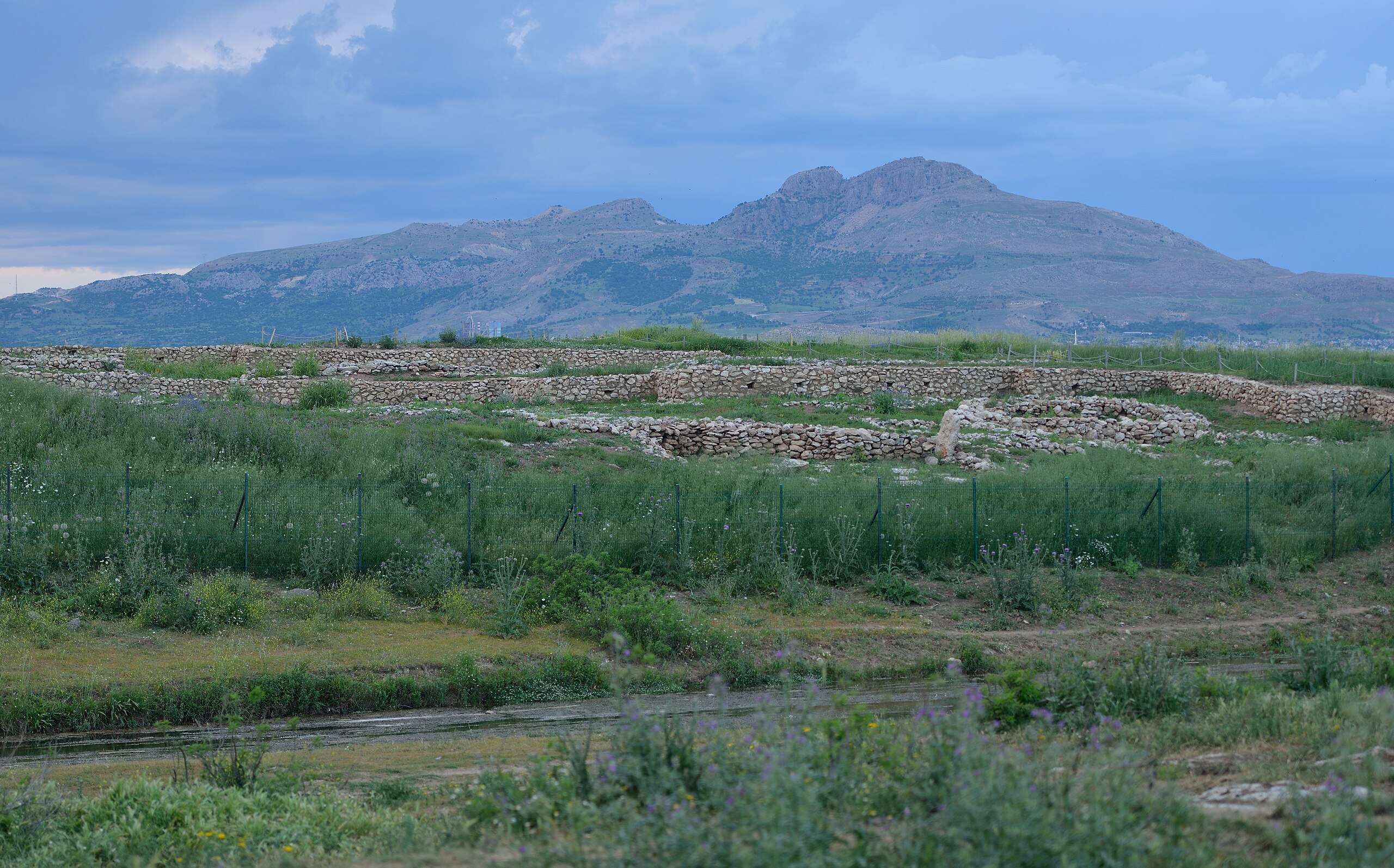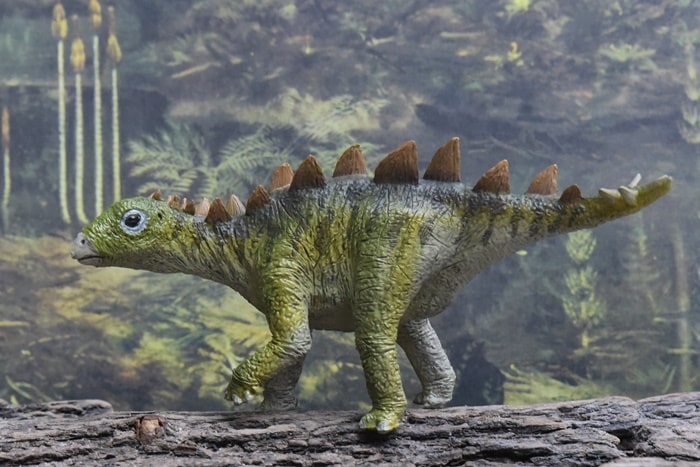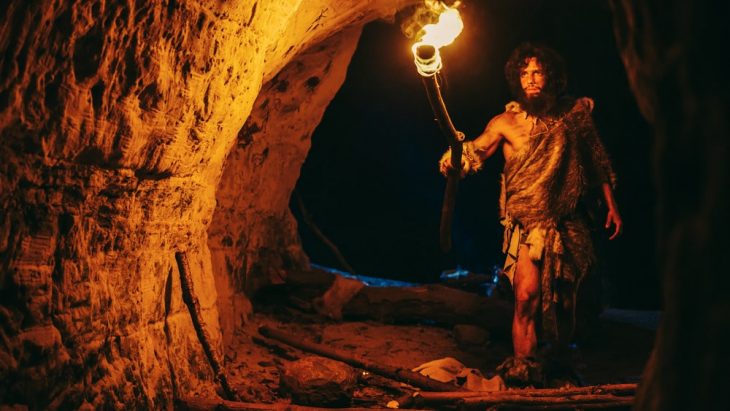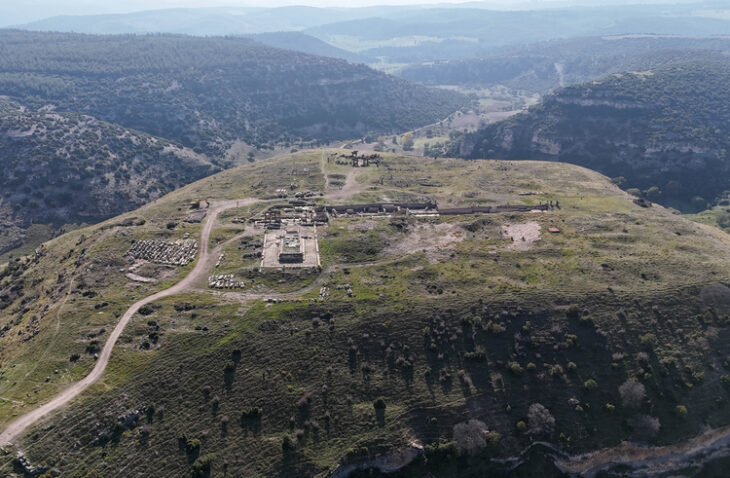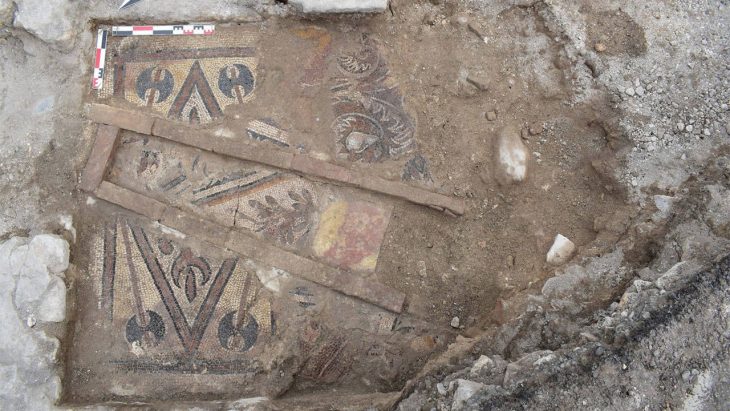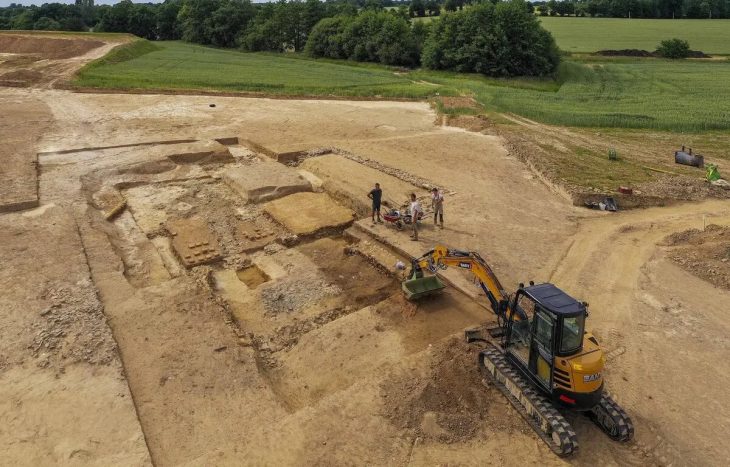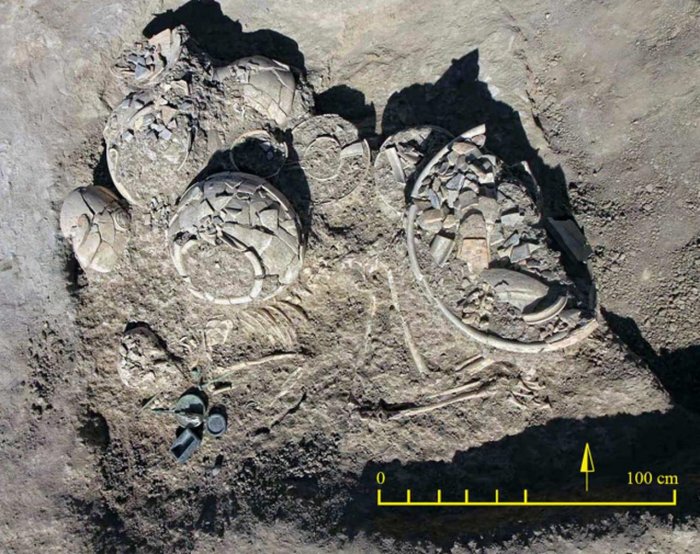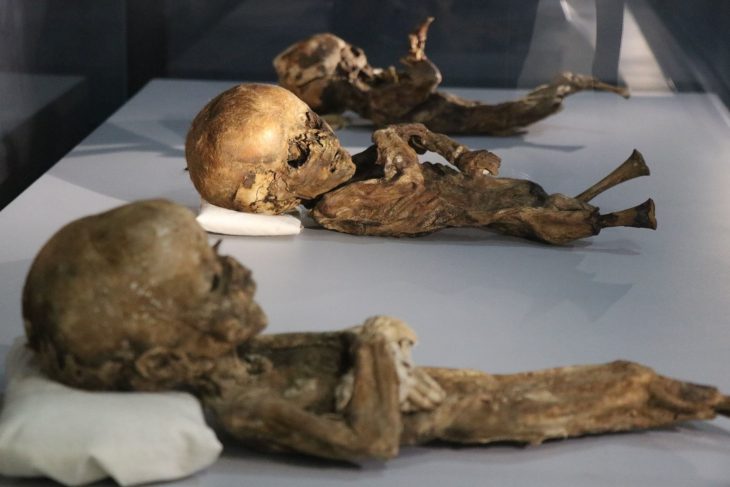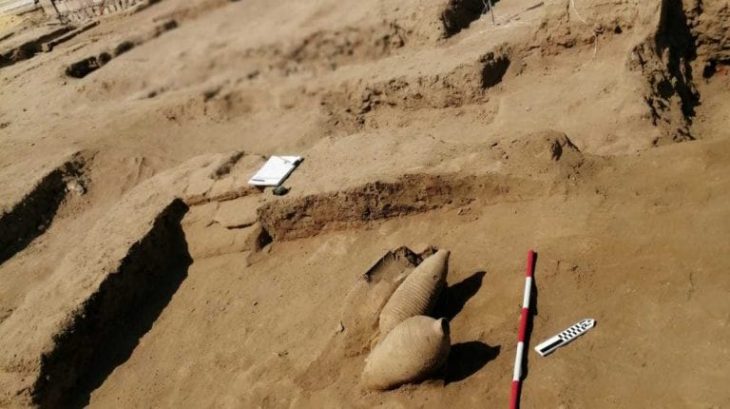Archaeologists have unearthed a 9,500-year-old public building with a striking red-painted floor at Çayönü Tepesi, one of the world’s most important Neolithic settlements located in Ergani, Diyarbakır, southeastern Turkey. The discovery sheds light on the social and cultural life of some of the earliest farming communities during humanity’s transition from nomadic to settled life.
A Landmark Discovery in Neolithic Archaeology
Excavations at Çayönü, first launched in 1964, have revealed many “firsts” in human history, including the beginnings of agriculture, animal domestication, and early metallurgy. This season, under the direction of Assoc. Prof. Savaş Sarıaltun from Çanakkale Onsekiz Mart University, archaeologists focused their work on a 900-square-meter area on the eastern side of the mound. There, they uncovered the so-called “Red-Floored Public Building,” dating to around 7600–7500 BCE.
Unlike domestic houses, the building appears to have served as a communal gathering place. Sarıaltun explained that it may have hosted meetings, rituals, or collective events: “This structure is different from private dwellings. It represents a space shared by the entire community, which makes it one of the most valuable discoveries at Çayönü.”
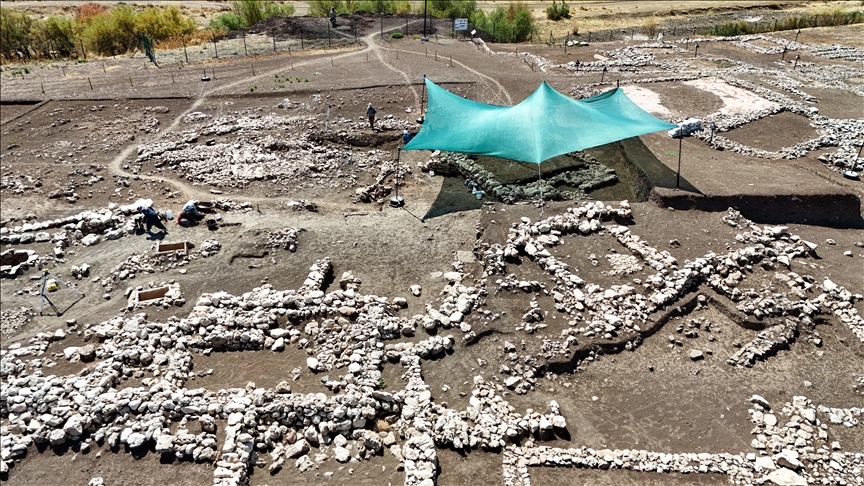
A Structure in Use for Generations
Evidence suggests that the building remained in use for 150–200 years. Archaeologists found that its floor had been repainted at least four times, highlighting the building’s continued importance to the settlement. The pigments used to create the vivid red tones were likely obtained from natural ochre or iron-rich clay found in the nearby mountains.
This advanced use of pigment not only demonstrates early aesthetic preferences but also reflects the symbolic and ritualistic value attached to communal spaces in Neolithic society. The building’s proximity to the famous Terrazzo Building—another monumental structure with a mosaic floor—further underscores its significance in the settlement’s social and ceremonial life.
📣 Our WhatsApp channel is now LIVE! Stay up-to-date with the latest news and updates, just click here to follow us on WhatsApp and never miss a thing!!
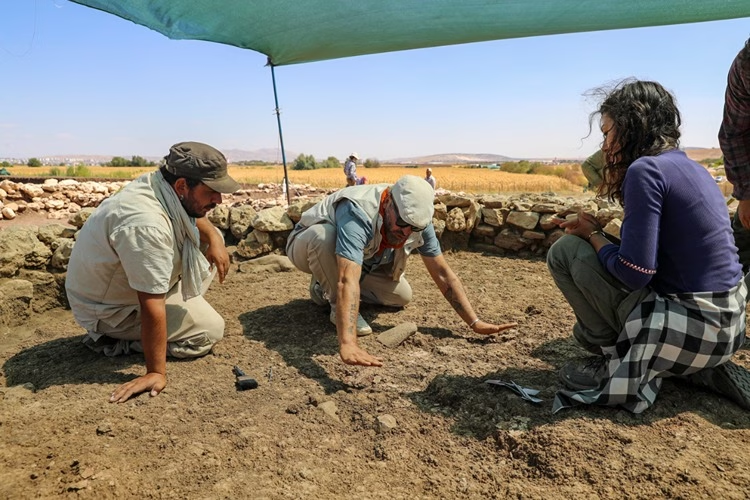
Çayönü Tepesi: A Cradle of Civilization
Çayönü Tepesi, dating back more than 12,000 years, stands as one of the most critical sites of the Neolithic Revolution—the global shift from hunting and gathering to farming and permanent settlement. Located in Upper Mesopotamia, the site rivals other groundbreaking archaeological sites such as Göbeklitepe and Nevali Çori.
Excavations have revealed not only early houses and communal structures but also evidence of animal domestication, the first cultivation of cereals, and even early copper working. These discoveries make Çayönü a cornerstone in understanding how human societies evolved toward urban life.
Recognized as a candidate for UNESCO World Heritage status, Çayönü provides invaluable insights into the origins of agriculture, technology, and social organization. The latest discovery of the Red-Floored Building adds yet another dimension, offering a rare glimpse into how early farming communities built and maintained shared public spaces.

Why the Red-Floored Building Matters
The uniqueness of this structure lies not only in its age but also in its painted floor—the first of its kind discovered at Çayönü. Sarıaltun emphasized that the use of red pigment across multiple layers shows deliberate effort to preserve the building’s special character. This indicates that communal identity, symbolic practices, and shared rituals were already deeply rooted in early Neolithic societies.
By studying this building, archaeologists aim to reconstruct the daily lives, spiritual practices, and social organization of people who lived nearly 10,000 years ago. In this way, Çayönü continues to reshape our understanding of humanity’s earliest experiments with permanent settlements and shared cultural life.
Cover Image Credit: Public Domain

